Maha Shivaratri 2026: Date, Puja Timings, Rituals & Significance
Maha Shivaratri, known as the Great Night of Shiva, holds immense spiritual significance for millions of devotees worldwide. In 2026, this auspicious festival promises another...
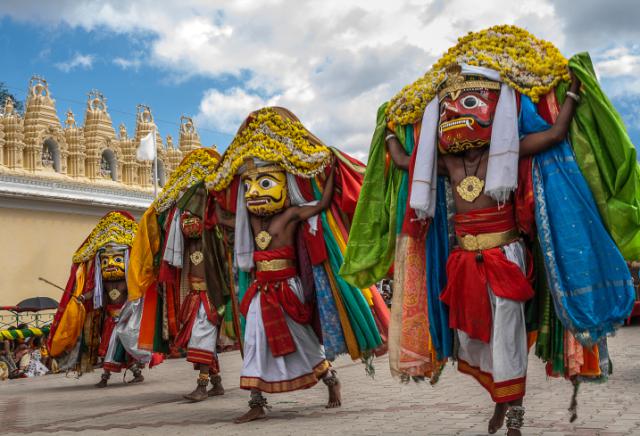
Festivals are synonymous with celebrations, the blissful happiness that brings unity among all and stages up life to a state of exuberance and enthusiasm. Amongst all the flamboyant celebrations in the Indian Culture is one such festival, always very vibrant, that marks the triumph of ‘Good over Evil’, Dussehra, also known as the Vijayadashmi (‘Vijay’ meaning ‘victory’ and ‘Dashmi’ the ‘tenth day’). Celebrated with the utmost enthusiasm all over the Indian subcontinent, the festival marks the victory of Lord Rama over the demon King Ravana. Observed differently in different parts of the country, there are various legends behind the celebrations. Read through to know all about the different traditions of how Dussehra is celebrated all over the country!
When is Dussehra celebrated in India?
The festival of Dussehra usually falls between September-October every year. In the year 2019, Dussehra will be celebrated between 07th and 26th October. To know more about the Festivals of India, click here.
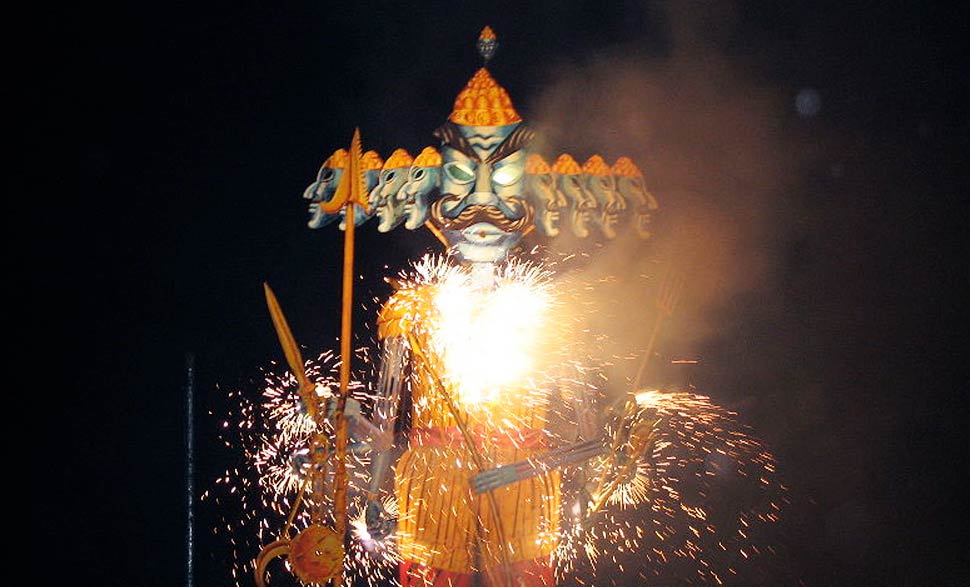
The intense and breathtaking week-long festivities that happen in the ‘Valley of Living Gods’ – Kullu, become one of the most important and colourful parts of the cultural celebrations of the region. Along with the blissful mountain breeze and lush green pastures, the locals perform, with all joy and gaiety, numerous folk dances that present an antique blend of faith and festivity. The celebrations of Kullu Dussehra slightly differ from the rest of the country as the celebrations begin when the rest of the country closes the nine days long festival of Navratri and the celebrations last for a period of seven days. With myths and stories related to its traditional celebrations all, beautifully capturing the importance of the festival, there are different legends that attribute to the marvellous celebrations of Dussehra in the region.
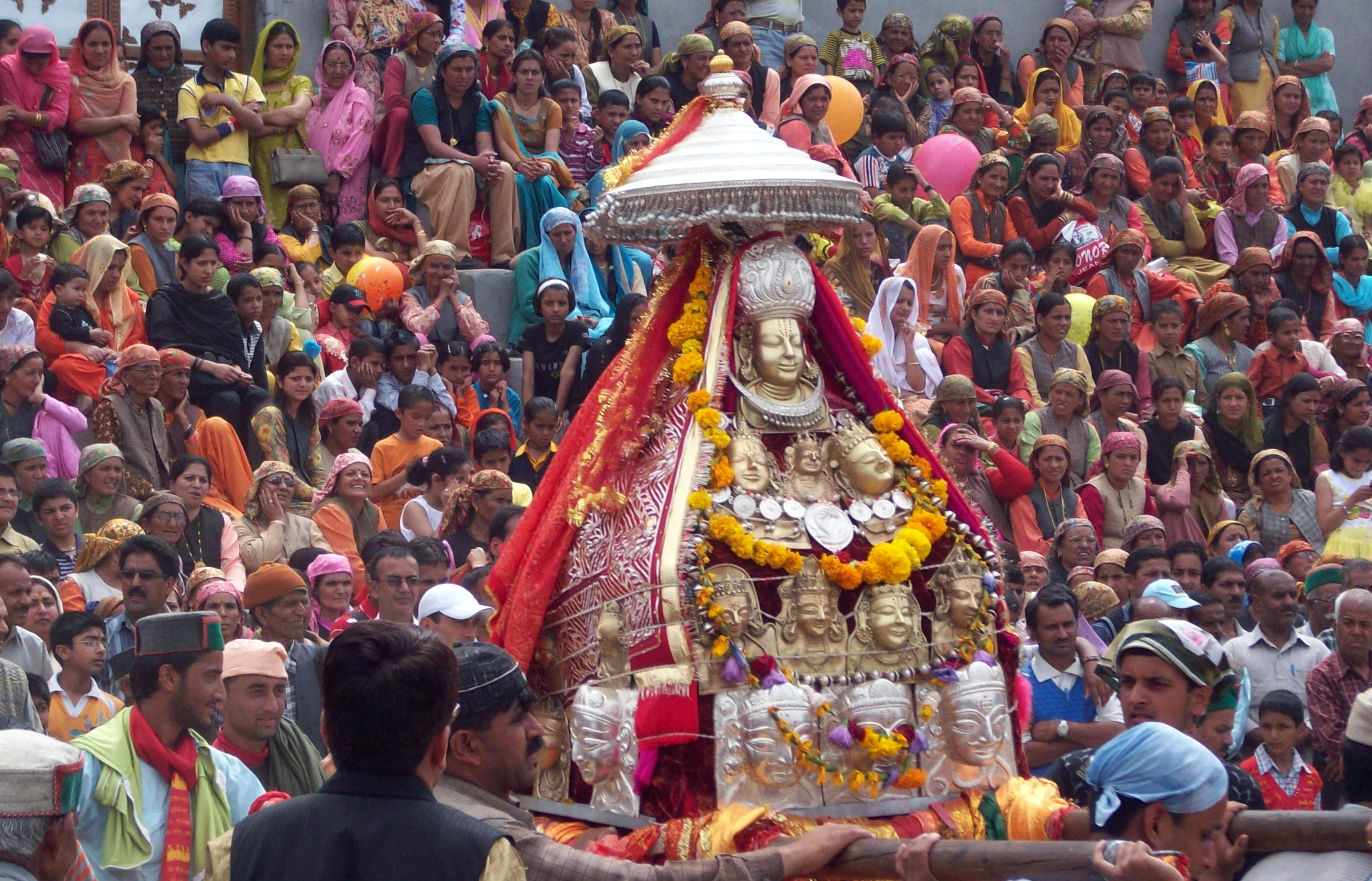
On a massive decorated chariot, the deity of Lord Raghunathji is led by the King of Kullu in a procession. The devotees and locals pull the ropes of the chariot as it is considered auspicious and is an indication of fortune and prosperity. The chariot of Lord Raghunathji is taken near the banks of River Beas on the last day of the festival, while a massive pile of wood and grass is set on fire, that symbolizes the burning of Lanka(fortress capital of demon King Ravana).
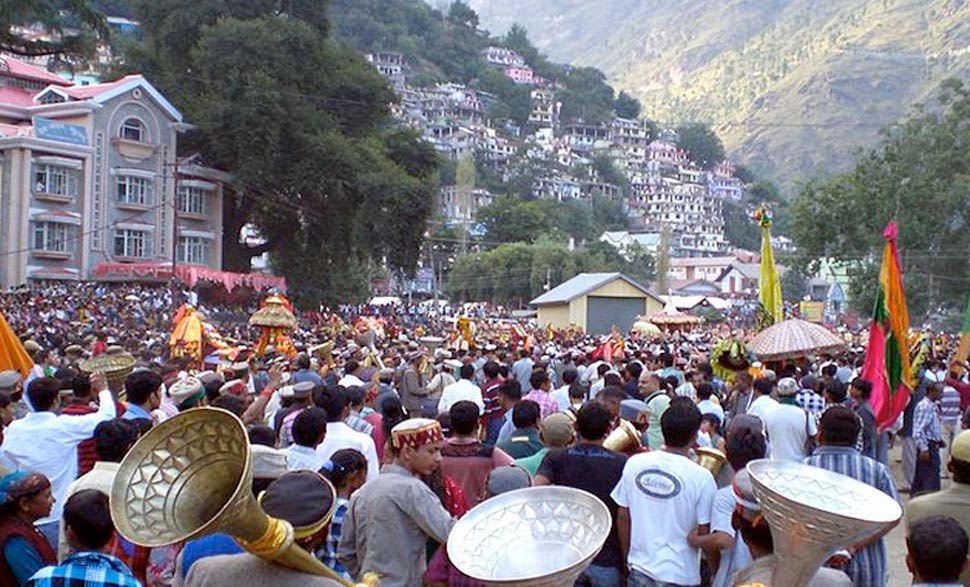
Mysuru or the cultural capital of Karnataka, is at its carnivalesque best during the 10-day Dussehra (locally spelt as ‘Dasara’) still, keeping alive the 400-year-old traditions. As the city gets dramatically lit up each evening, being transformed into a colossal fairground, with concerts, dance performances, sporting events like a cultural extravaganza running through the city streets.
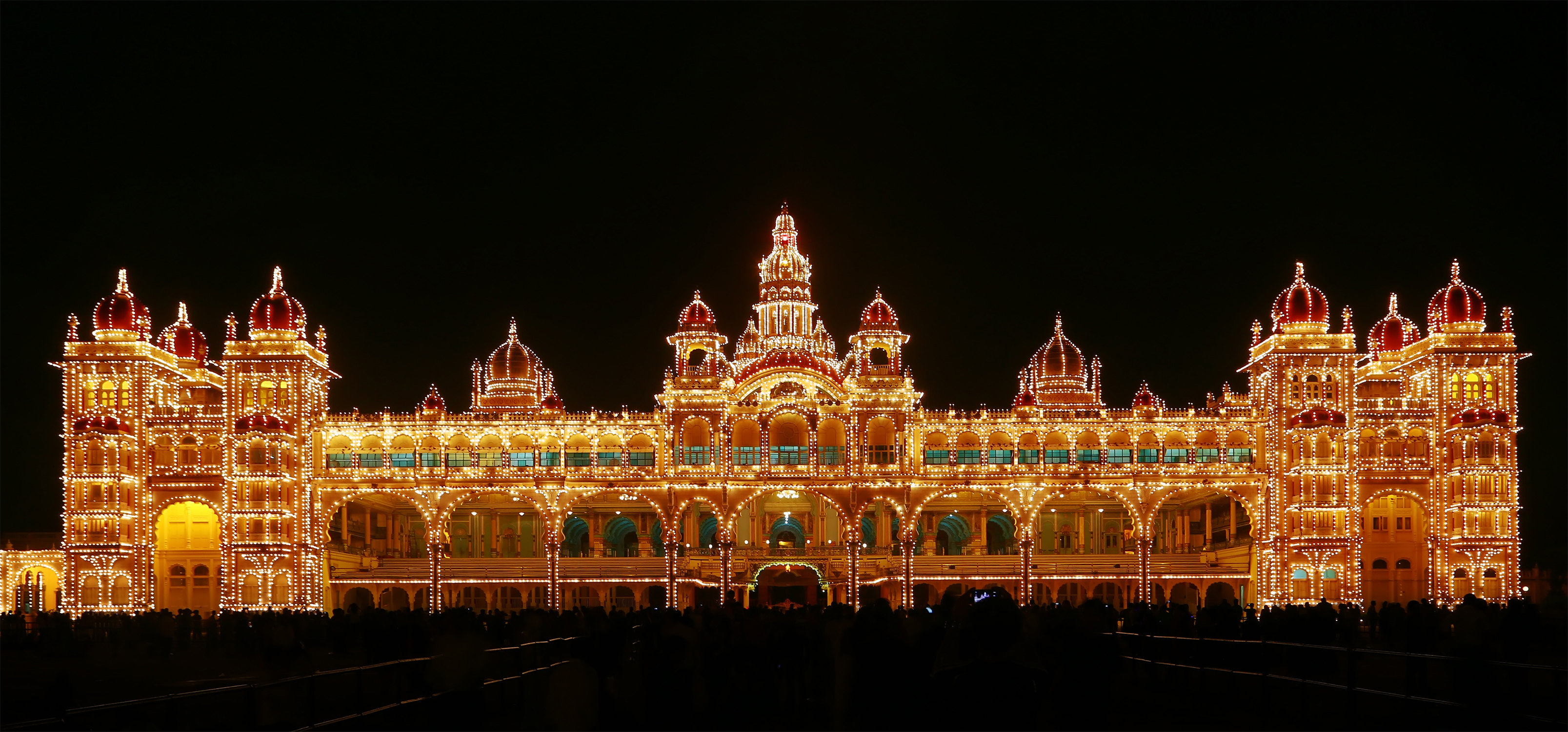
Woven with mythological legends, the locals narrate, that in the bygone era the city was ruled by Mahishasura(the buffalo-headed demon). Goddess Parvathi descended to the rescue her devotees, in the form of Goddess Chamundeshwari and a battle was fought, that lasted for nine days till the demon Mahishasur was subverted. Hence, Dasara as a tradition to showcase the victory of good over evil was started by the Vijayanagar kings in the 19th century.
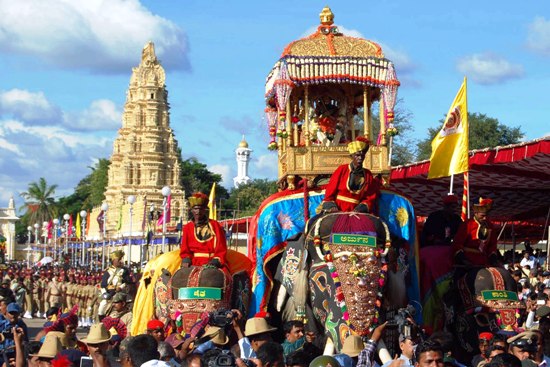
It’s a ten-day event and on the last day in Mysuru, gaudy processions consisting of richly costumed elephants garlanded idols, liveried retainers and cavalry, march through the streets of the city swaying to the rhythms of clanging brass bands. The main charm of the procession is the idol of Goddess Chamundeshwari kept in a golden howdah on top of a decorated elephant.

Enjoy and cheer enthusiastically at the brilliant fireworks, enthralling fairs, gastronomic treats, folk music and dance, large parades, Ramlila and the effigies of Ravana, Meghanad and Kumbhakaran that are set on fire in almost every neighbourhood all over the country.
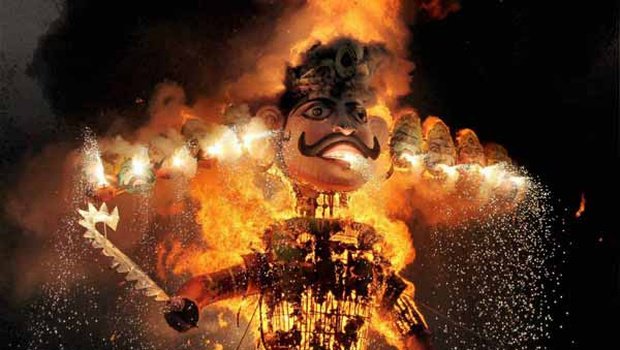

Maha Shivaratri, known as the Great Night of Shiva, holds immense spiritual significance for millions of devotees worldwide. In 2026, this auspicious festival promises another...
India is a land of breathtaking landscapes, rich cultural heritage, and vibrant traditions. For first-time international travelers, navigating this diverse country can be both exciting...
India, a land of diverse cultures, stunning landscapes, and rich history, is a dream destination for many travelers. However, for first-time visitors, navigating through this...
You are one step closer to having the best journey of your lifetime! Talk to us, write to us all that you have envisioned for your India trip, and one of our travel experts will connect with you on priority. To help you explicitly we have WhatsApp and Email addresses!
Leave a Comment ▼